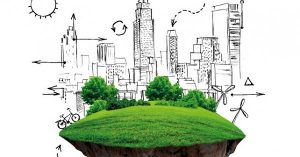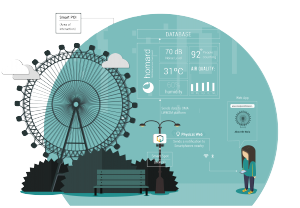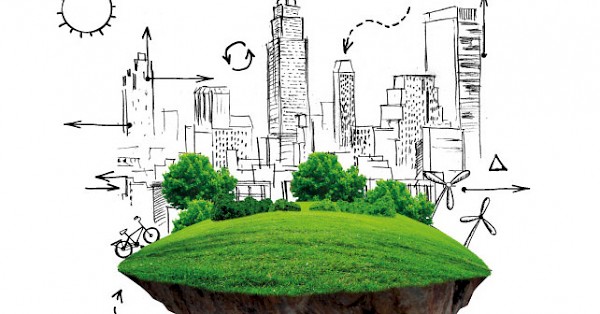 English
English
Nowadays, the process towards the conversion from a City to a Smart City is not fully clear. However, there is a wide-spread support from big agents as the European Union and global institutions as the United Nations and the ITU, which are defining these objectives and definitions.
The context is that by 2050, the world population will reach 11.200 million of inhabitants, which will be geo-located mainly in Asian and African continent (over 80%). Furthermore, there will be population exodus towards the cities which will host over 70% of the world population. Besides, the necessity to deploy a smart and automatic system trained to manage the growing population is arising. Since the introduction of the human communities as life style, cities have been characterized by being pioneers in technological innovation hubs, social reforms catalysers, and sources for technological and cultural development. Therefore, technology plays a crucial role leading this big transformation to solve urban problems and providing solutions towards a better quality of life and innovations in different areas.
It is necessary the implantation of quick, secure, and self-manageable smart systems which allow to the cities the traffic management, safety, environment management, energy efficiency, supplies regulation, etc.
Smart Cities’ key verticals have a clear impact and return of investment. Among the Smart Cities’ main keys could found:
Efficient urban planning: The growing concerns over the environmental degradation involve a sustainable city design. The new emerging urban development needs a sustainable planning that allows to minimize the human impact on the ecosystem and improve the citizen´s life quality. A sustainable urban development model should encompass green areas, make more use of public transportation reducing the use of car, have a correct waste management planning and promote energy efficiency of public buildings and the services accessibility for all citizens.

Efficient Urban Mobility and Public Transportation: The public transport has considerable importance in the government sustainable development plans for pollution control, for the social and economic effects and for the interrelationships with other sectors. The increase experienced by this sector during the last years make the sustainability of the transport a priority.
One of the problems found in our society is the numbers of cars the reason why our cities suffer traffic jams.
Thus, big cities are establishing restrictions such as, the pollutant vehicles restrictions. In addition, the cities have incident management applications to solve problems related to the mobility making routes for avoid traffic jams and allowing to find car park slots efficiently, especially for people with reduced mobility.

Improving environmental sustainability: Spanish cities could be more sustainable to improve their economy, their environment and the quality of their citizens.
Citizens should apply more actions to improve their sustainability and their city. The expert recommendations are very wide: save energy opting for renewable sources, reduce the water consumption and the Information and Communication Technologies (ICT), among others.
ICT would be used for reducing the emissions level of greenhouse gases and decreasing the human activity environmental impact.
On the other hand, it is necessary to support anti-pollutions plans, ecological buildings, alternative energies and policies that counter pollution, what would improve the cities sustainability. Now, lot of cities are understanding the importance of this measures and have environmental pollution control systems which evaluate the air quality, the noise level and the crowd monitoring in a specific location through sensors.

Human interactions: Creating awareness among citizens about the state of the city is also essential for a positive environmental development. Consequently, to create a sustainable Smart City is important the Apps and notifications development that enables to interact with people´s smartphones through Bluetooth or Wi-Fi informing about quality air, temperature/humidity or noise in a determined city.

Our main product, the Smart Spot, encompass this four points before mentioned. It provides data about air quality. In order to monitor the air pollution, Smart Spot measures the NO2, CO, SO2, NO, H2S and O3 at specific points in real time. We have a sophisticated high precision lab, with a Mass Flow Controller and a Zero Air Generator, where, through Machine Learning algorithms, we improve the precision of our sensor measures reducing the effect of cross sensitivity. Also, it provides information in real time about temperature and humidity in specific points gathering complementary data. In addition, it measure noise levels (30 dB- 130dB9) everywhere.
And finally, Physical Web technologies enable to interact with people´s smartphones in an area up to 80 metres through Bluetooth or Wi-Fi without installing any App. This URL shows up as a non-intrusive notification which allows to access to online content to enjoy in these physical areas. The digital online content can be changed thanks to the URL Manager, a software platform that permits to edit the push notification that Smart Spot transmits.
The cities are developing quickly and, consequently, it is necessary the implantation of systems that permit to manage all the variables through the use of ICT and, in particular, Internet of Things (IoT).


